If you’re a fan of Japanese cuisine or simply interested in trying out new foods, you may have heard of Kiriboshi daikon. Kiriboshi daikon is a versatile ingredient that you can use in a variety of dishes, from soups and stews to salads and stir-fries. But there’s much more to this ingredient than just its taste and texture. In this article, we’ll dive deeper into the history and cultural significance of Kiriboshi daikon, explore its health benefits, and provide tips for how to incorporate it into your cooking.
What is Kiriboshi daikon
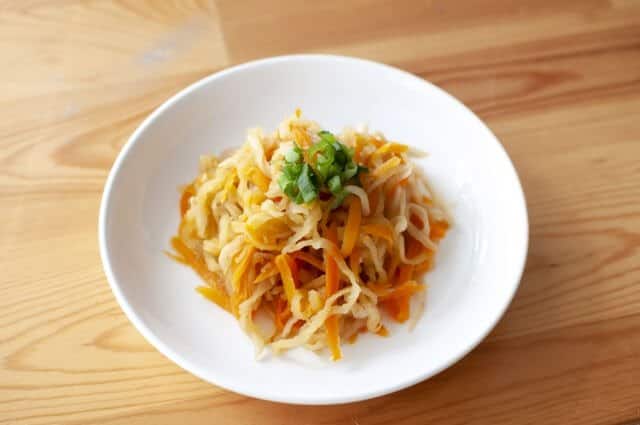
Kiriboshi daikon or shredded dried radish is a traditional Japanese food made from dried daikon radish cuts into thin strips. Harvested daikon radish from the end of autumn to winter is cut into strips, spread out and dried in the sun. Exposure to sunlight enhances the sweetness and gives it a unique crunchy texture. Miyazaki Prefecture is Japan’s number one producer of shredded radishes, producing 90% of the national total. Locals often combined it with other vegetables, such as carrots and shiitake mushrooms, and flavored it with soy sauce, mirin, and other seasonings.
Kiriboshi daikon History
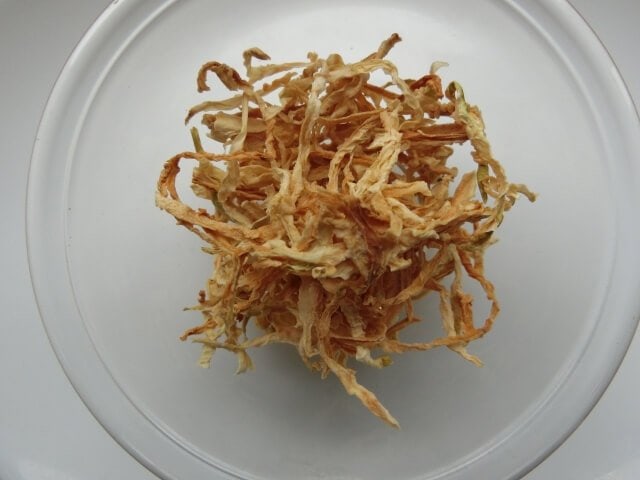
Since the Edo period, Japanese farmers have been popularly cultivating radishes. Over time, they have developed and adopted preservation techniques such as pickling and drying. As a result, dried daikon radish became a popular preserved food all over the country, used as a measure against famine. During the Edo period, Owari in Aichi Prefecture became a significant production area, while Miyazaki Prefecture introduced Aokubi daikon after the Meiji period. The technique was passed down with it, and now, 90% of Japan’s production comes from there. Kiriboshi daikon is usually made from Aokubi daikon and Nerima daikon. Exposure to sunlight and cold wind in winter produces high-quality dried daikon radish.
During the Meiji era, producers in Chiba made the Kanto area’s version of shredded dried daikon radish, while in Nagoya, the Kansai area’s version was produced. It wasn’t until around 1935 that many products made in Miyazaki appeared on the market. Miyabe radish, also known as green neck radish, was used as the raw material, transplanted from Aichi Prefecture to Miyazaki Prefecture around 1897. At the same time, the technique of shredding was also introduced to the region.
Various kiriboshi daikon food
Kiriboshi radish and bean sprouts dressed with tuna sesame mayo
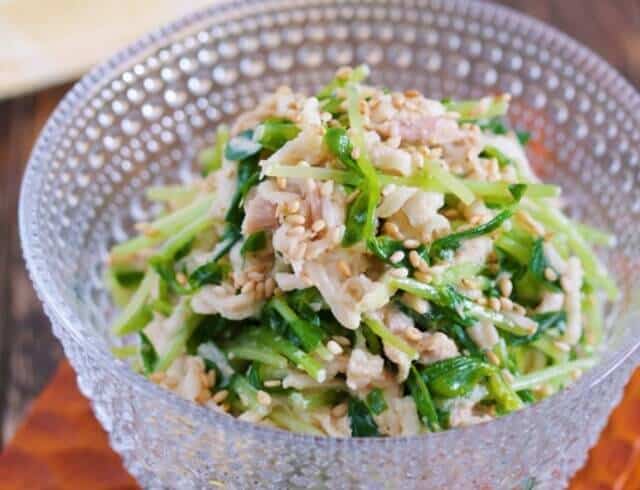
You can make this one by washing dried daikon radish and easy-to-eat bean sprouts and mixing them with tuna and sesame mayonnaise.
Detox side dish soup

This soup makes the most of the effect of dried daikon radish. Add some onions and cabbage, which have detoxifying effects, and even dried shiitake mushrooms.
Crispy dried daikon radish salad

The crunchy texture and condensed umami of the salad plus the kiriboshi radish is recommended for filling gaps in snacks and lunch boxes.
Other types of dried daikon
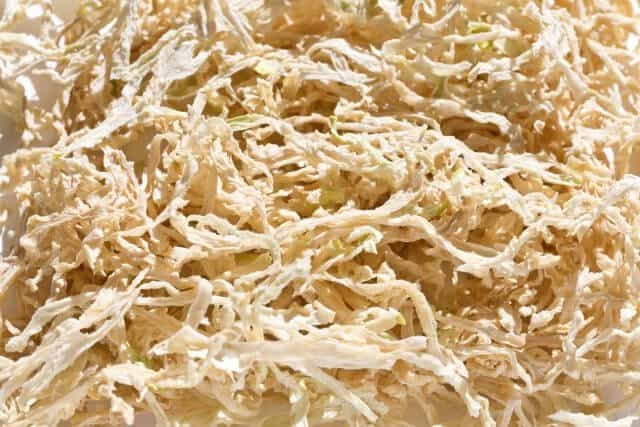
The thickness of the cut and the dehydration method used to determine various types of kiriboshi daikon. For example, wariboshi daikon is made by splitting daikon radish lengthwise into quarters, while in Nagasaki Prefecture, boiled daikon radish is processed similarly to boiled and dried radish. Kiriboshi daikon is a type of dried food that you can store at room temperature. However, they tend to turn brown during summer, so locals advised storing them in the refrigerator after spring.
People enjoy this side dish in different ways despite its unique odor, such as rehydrating it by soaking it in water and sprinkling it with soy sauce or vinegar. Locals used this for cooking various dishes like simmered dishes. In the Owari region, which centers around Nagoya, thinly sliced daikon radish that has been split lengthwise and dried is known as Hanakiri Daikon because it resembles cherry blossom petals.
What is the health fact of Kiriboshi daikon?
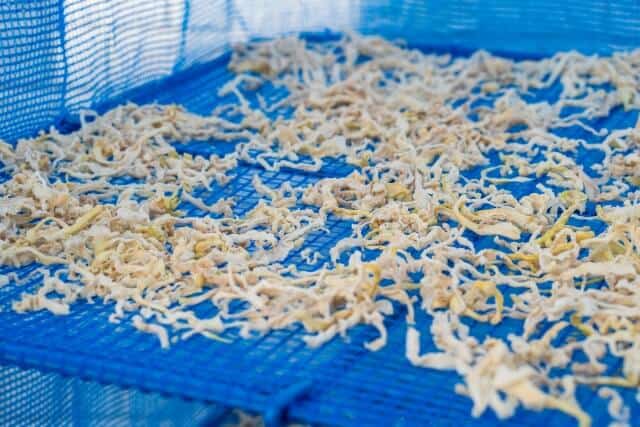
Kiriboshi daikon is a highly nutritious food that contains 3500mg of potassium per 100g, making it one of the top sources of this nutrient. Potassium is important for regulating the water-salt balance in our bodies, and the daikon radish also contains calcium, which is crucial for muscle contraction and nerve stabilization.
Additionally, dried daikon radish contains both insoluble and soluble dietary fiber, with a higher amount of insoluble fiber. Insoluble fiber promotes bowel movements and can alleviate constipation by increasing stool bulk and stimulating the intestines. Soluble fiber, on the other hand, slows down nutrient absorption and helps regulate blood sugar levels.
Kiriboshi daikon FAQ
- What is the origin of the name “Kiriboshi daikon”?
-
The term “kiriboshi daikon” originates from Japan. “Kiriboshi” means “cut and dried,” while “daikon” refers to a type of radish. The process of making it involves cutting daikon radish into thin strips and then drying it.
- How can Kiriboshi daikon be stored and what is its shelf life?
-
You can store the Kiriboshi daikon for up to 6 months in an airtight container in a cool, dry place away from moisture and direct sunlight. The shelf life can vary based on storage conditions and packaging, so it’s important to check the expiration or best-by date on the package. Once opened, it’s best to consume within a few weeks and store any unused portion in an airtight container in the refrigerator to maintain freshness.
Kiriboshi daikon Recipe
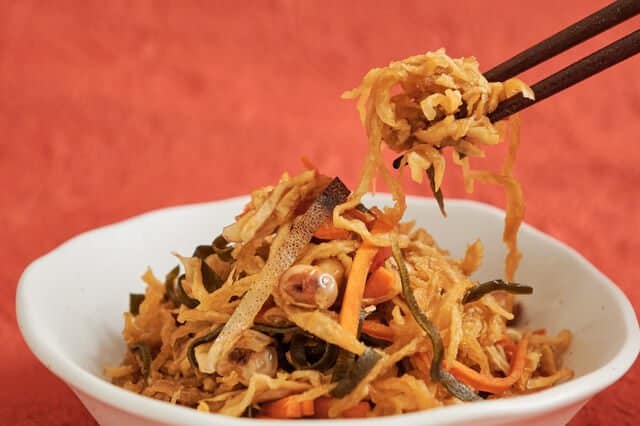
Kiriboshi daikon Ingredients
| Ingredients of Kiriboshi daikon for 2 persons | Measurements |
|---|---|
| Dried radish | 30g |
| Carrot | 30g |
| Fried tofu | 20g |
| Salad oil | 14g |
| Water | 100g |
| Kiriboshi Daikon Soup | 100g |
| Dashi stock | 7g |
| Liquor | 15g |
| Sugar | 7g |
| Soy sauce | 13g |
How to make Kiriboshi daikon
Lightly wash the dried daikon radish and soak it in plenty of water for about 20 minutes to rehydrate. Squeeze it tightly to remove the water and cut it into bite-sized pieces.
Pour salad oil into a pan and heat over medium heat. Add dried daikon radish, carrot, and fried tofu in that order.
Add water, dashi stock granules, dried radish reconstituted juice, sake, and sugar, bring to a boil, cover with a drop lid, and simmer over low heat for 10 to 15 minutes.
Lastly, add soy sauce and simmer over medium heat for 2-3 minutes, then remove from heat and let the flavors blend.
Where to buy Kiriboshi daikon?
Matsubaya Shoten (有限会社 松葉屋)
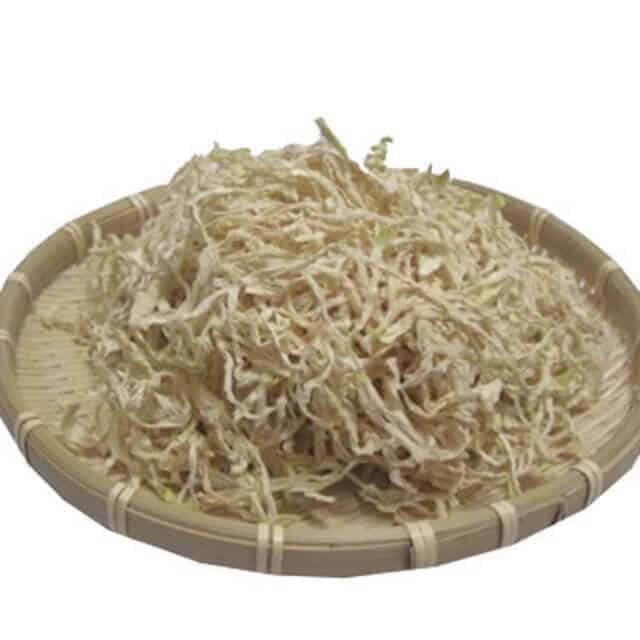
Beans, black beans, Kurakake beans, adzuki beans, soybeans, and purple flower beans are all in the specialty store “Matsubaya”. They have a wide variety of green beans and roasted beans. They also sell dried food like Kiriboshi daikon which is a grade A dried radish that is particularly good among dried shavings.
Kawasakiya (かわさき屋(株)
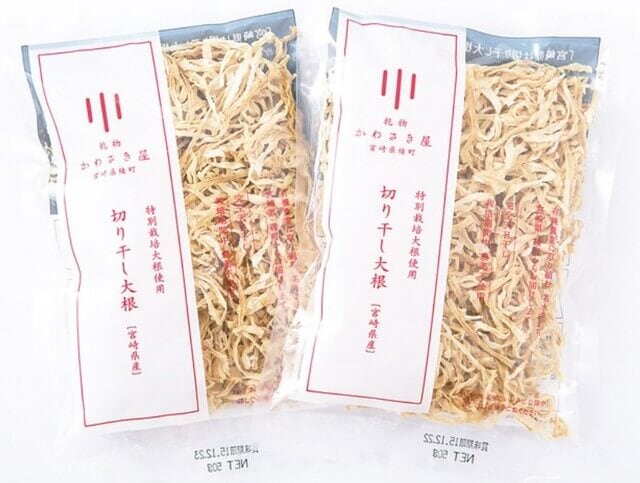
Kawasakiya is a store in which they deliver “field dried food”. They have a specially cultivated daikon radish dried radish. It is completely sun-dried in Miyazaki. They also offer another variant of kiriboshi daikon that is mix with dried carrot from the prefecture as well.
Kamiya Honten (紙屋本店)

Kamiya has been consistently manufacturing and processing dried radishes since they established the company. The shop’s Hanakiri daikon (dried daikon radish) is a “natural dried agricultural product”. They produced the raw material only once a year using the dry climate in winter. The owner claimed that they dried them in the natural process of “cold wind and warm sun”. Kamiya Honten offers two types of dried-daikon radish in 60g and 50g bag.
For online shopping
For those who want to order or buy kiriboshi daikon in Japan, you can mail it to your home via online on Rakuten. Just click here to see some shops that sell kiriboshi daikon.
And for those who want to order or buy Kiriboshi daikon but live away from Japan. You can ship them from Rakuten. Rakuten offers International Shipping Service so do not worry about how to receive your items. Rakuten Global Express is an online shopping service that allows users to shop at stores in Japan.
First, you need a Rakuten ID. If you are already a Rakuten member, you can start using Rakuten Global Express. If you have not registered yet, click here.
After signing up, you will get a Japanese address: a Rakuten Global Express address.
Now that you get yourself a personal RGX address (Rakuten Global Express address). You can shop online in Japan, click here to shop for Kiriboshi daikon (not only Rakuten but other online stores are also included).
When you have decided on your items, set the delivery address to your Rakuten Global Express address.
After items are shipped to the RGX address, they will be packed into one package. You also receive an email upon confirming these items and payment.
Once the payment is confirmed, your package will be delivered within a designated time period depending on your shipping choice.
Takeaway
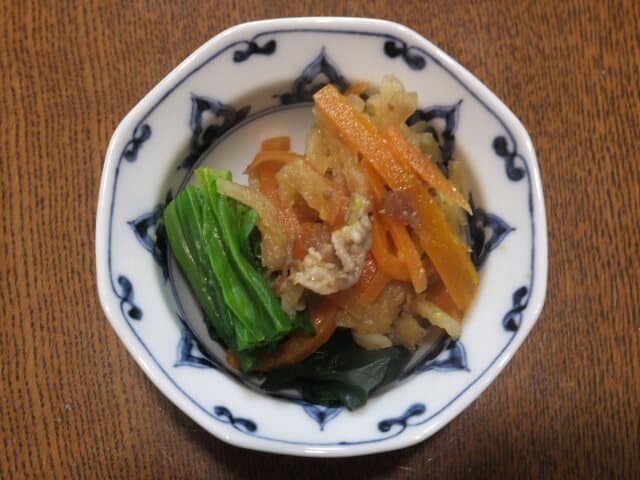
In conclusion, Kiriboshi daikon is a delicious and nutritious food that has been enjoyed in Japan for centuries. By reading this article, you have learned about its origins, health benefits, and various types. Whether you are a fan of Japanese cuisine or simply looking to expand your palate, trying Kiriboshi daikon is definitely worth a try when you visit Japan.
You can check some Japanese fermented dishes that we know you would like to try too.






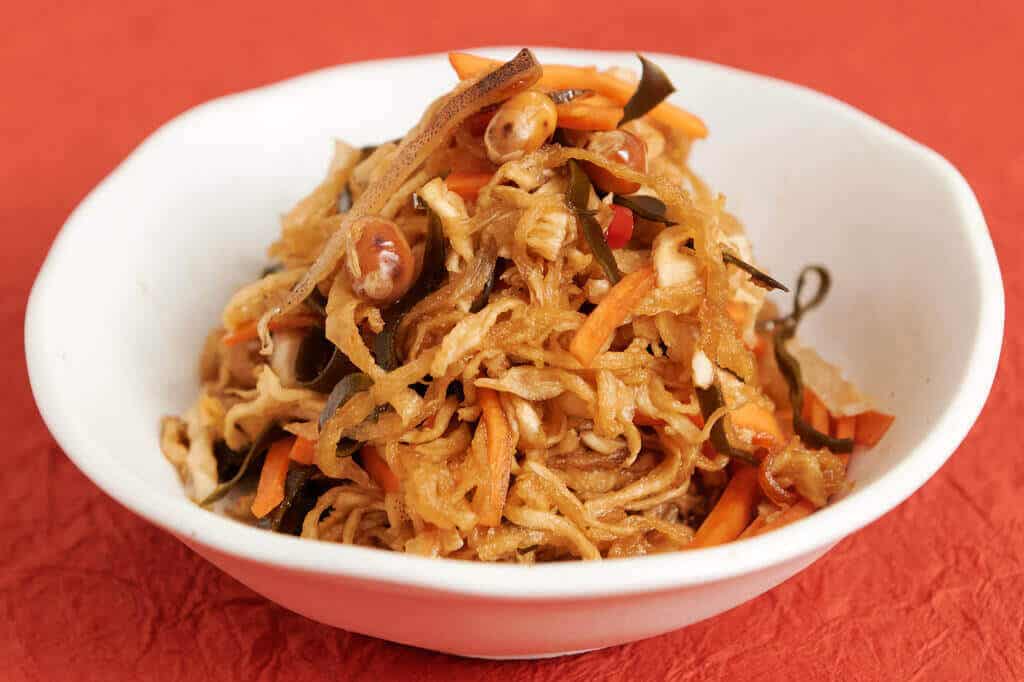
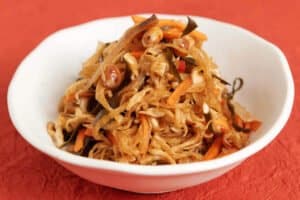
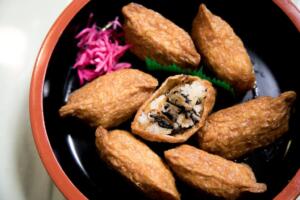
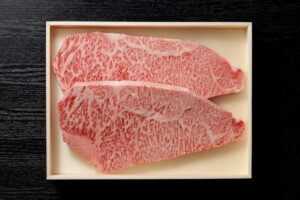
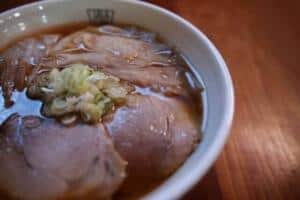


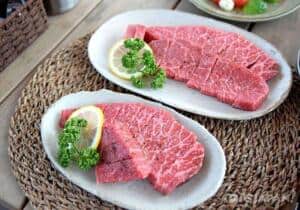
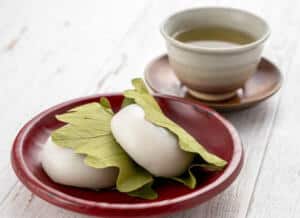
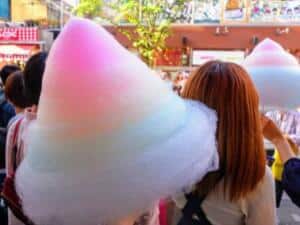
Comments